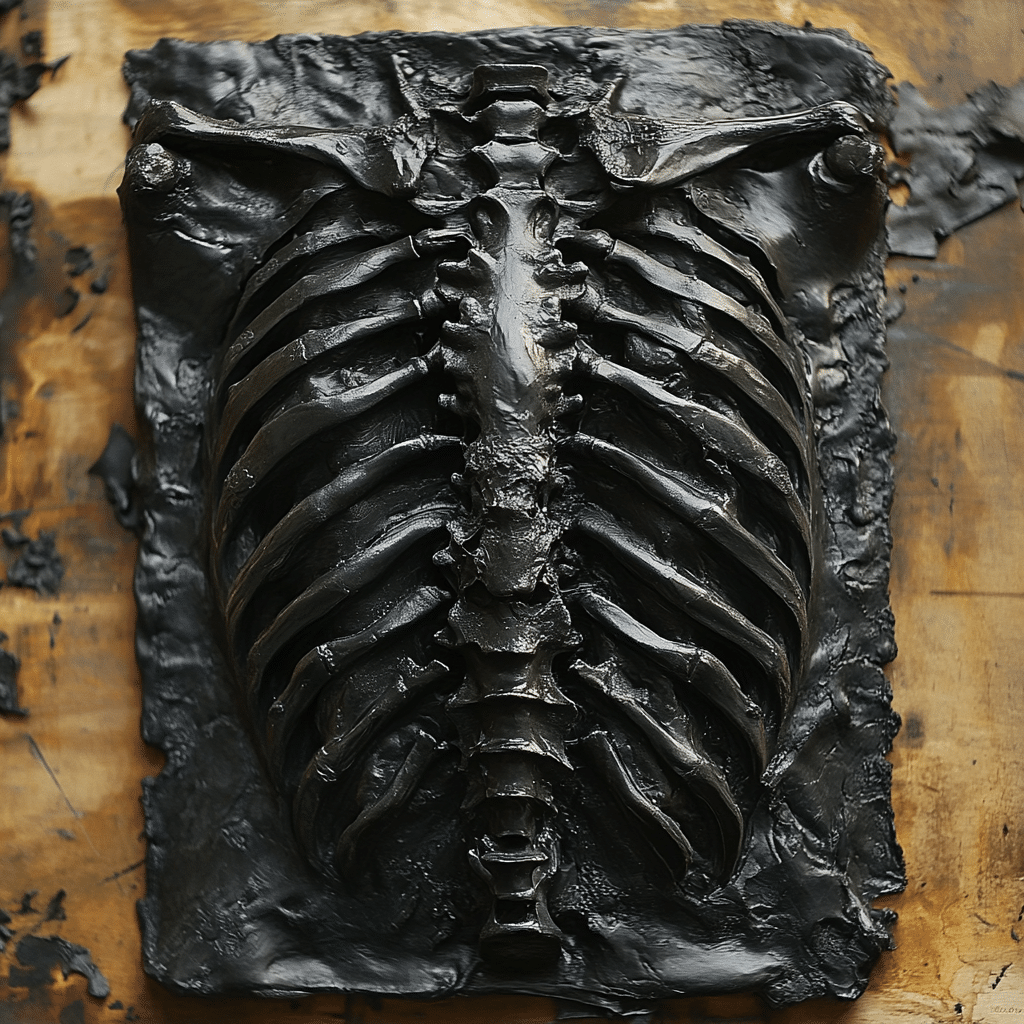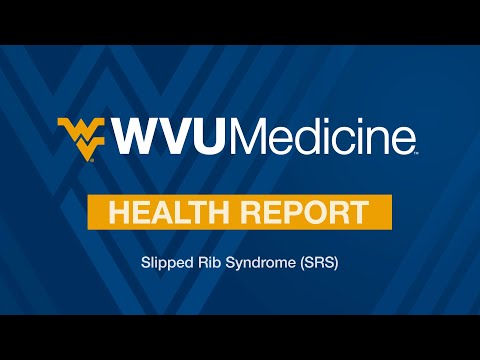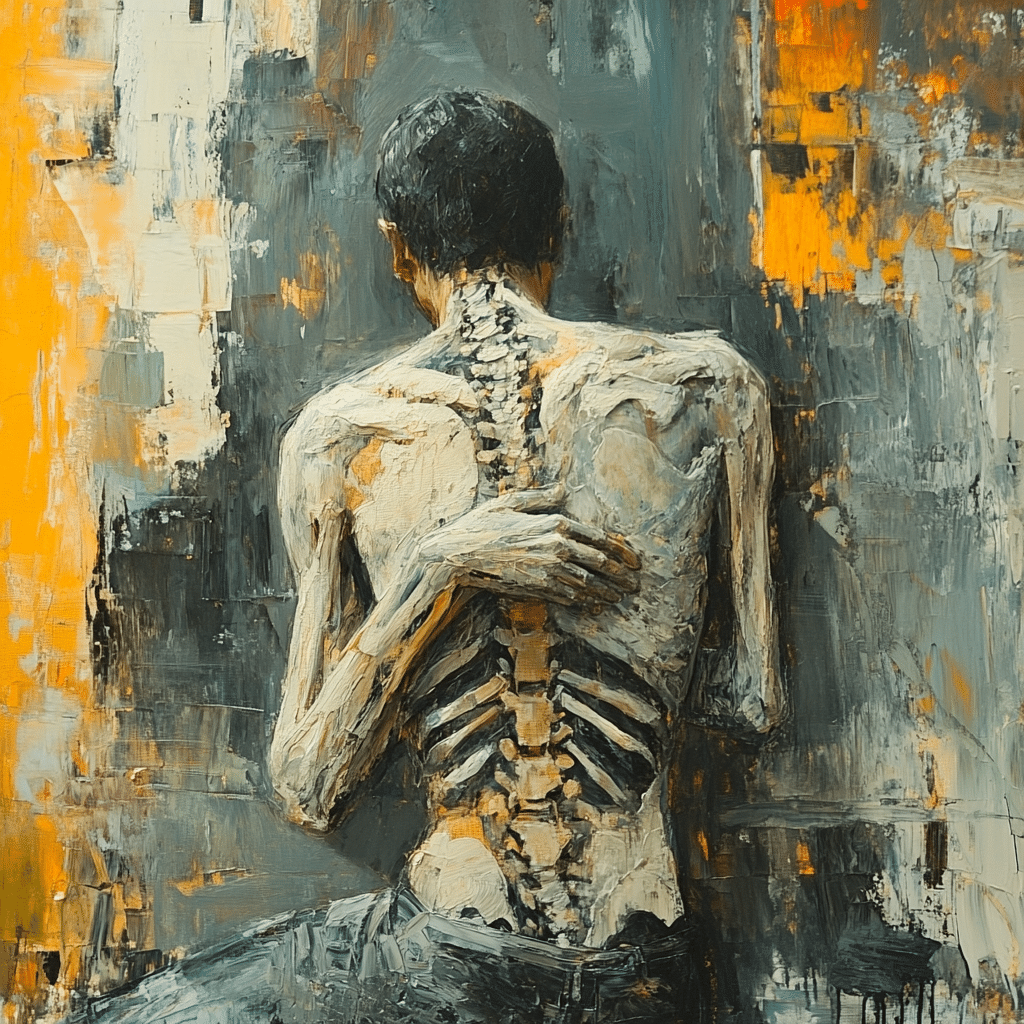If you’re trying to get shredded, gain muscle, and look great with that ripped six-pack, then understanding your body is crucial. One issue that might slide under the radar is slipping rib syndrome (SRS). This condition arises from the misalignment of the lower ribs, causing discomfort that can put a serious damper on your fitness journey. Often misdiagnosed or overlooked, recognizing the symptoms can make a difference in getting timely treatment.
So, let’s pump up our knowledge, because knowledge is power. Getting acquainted with SRS will steer you clear of unnecessary pain and keep you on the path to success. Here are some symptoms you absolutely shouldn’t ignore if you suspect slipping rib syndrome.

Top 6 Slipping Rib Syndrome Symptoms and Their Implications

1. Localized Chest Pain
First up, localized chest pain. This isn’t just any chest pain; it often feels like a sharp, jabbing sensation in a specific area. You may find this pain intensifying when you twist your torso or lift heavy objects—activities that many of us engage in while pursuing the ultimate physique. The discomfort usually occurs because the lower ribs are moving abnormally, pressing against nerves or surrounding tissues in your thoracic cavity.
2. Clicking or Popping Sensation
Next, let’s talk about that unsettling clicking or popping sensation you might feel. This sound signals that the ribs aren’t where they’re supposed to be, and it can be quite alarming if it’s your first time experiencing it. But don’t worry; it’s a sign that your body is communicating with you. Pay attention, because those cues can steer your recovery.
3. Nerve Compression Symptoms
Now, we delve into nerve compression symptoms. In certain cases, the misalignment of the ribs can lead to nerves getting pinched, causing pain, numbness, or tingling sensations that radiate towards your arms or back. If you’re feeling this alongside your rib discomfort, it’s a good indicator to seek medical help. Those nerves are crucial in keeping your muscles firing correctly for that epic gym session!
4. Difficulty Breathing
Though not experienced by everyone, difficulty breathing can also pop up, which mustn’t be ignored. It may stem from the discomfort when taking deep breaths—like trying to inhale a full lungful while dealing with rib issues. Coupled with pain, this could cut deep into your motivation, and you wouldn’t want your workouts to suffer for it.
5. Chronic Fatigue or Functional Neurological Disorder Symptoms
Another symptom is chronic fatigue, which can crush your gains. Living with constant discomfort can sap your energy levels, making daily activities feel like climbing Everest. Some individuals even report symptoms similar to a functional neurological disorder, where pain seems to appear from nowhere without discernable physical issues. This isn’t just about your ribs anymore; this is a quality of life matter!
6. Digestive Disturbances
You wouldn’t think that digestive disturbances could relate to slipping ribs, right? Well, think again! The diaphragm’s relationship with the ribs can lead to issues like bloating or altered bowel habits. If your gut is throwing a fit alongside your rib issues, this connection adds another layer to your symptoms. It’s key to view this condition holistically; everything’s linked!

Comparing Slipping Rib Syndrome with Other Syndromes: What Sets It Apart?
To get a better grasp on slipping rib syndrome, it helps to compare it with similar conditions. This way, we can sift through the symptoms and get a clearer picture of what sets SRS apart.
Slipping Rib Syndrome vs. Silent Sinus Syndrome
Silent sinus syndrome is characterized by a gradual and painless destruction of the maxillary sinus, leading to facial deformities. In contrast, slipping rib syndrome specifically targets those pesky ribs and presents episodic pain rather than chronic sinus issues. If you’re feeling rib pain, the last thing you should confuse it with is an issue concerning your sinuses.
Slipping Rib Syndrome vs. Sick Sinus Syndrome
Now, onto sick sinus syndrome. It refers to heart rhythm issues stemming from malfunctions of the sinus node. While patients may experience fatigue or heart palpitations, there’s no link to rib movement or any musculoskeletal concerns. With slipping rib syndrome, your focus stays on rib alignment—there’s no cardio drama here!
Slipping Rib Syndrome vs. Nerve Compression Syndrome
Nerve compression syndrome, like carpal tunnel syndrome, occurs when nerves get pinched, leading to pain and tingling. While both conditions can overlap in symptoms like pain, SRS stands apart due to rib movements causing mechanical frustration rather than nerve entrapment from swelling or issues in other tissues.
Slipping Rib Syndrome vs. Functional Neurological Disorder
Lastly, functional neurological disorders present symptoms that masquerade as neurological problems but don’t have identifiable causes. Individuals suffering from SRS feel similar pain without clear anatomical issues, yet the core problem is misalignment of the ribs. It’s critical to pinpoint your trouble spot for effective treatment.

Innovative Approaches to Managing Slipping Rib Syndrome
So, how do we tackle slipping rib syndrome? Check out some cutting-edge strategies that have emerged for tackling discomfort:
Understanding and managing slipping rib syndrome is essential for those serious about fitness. By equipping yourself with knowledge, you’re setting the stage for successful treatment, allowing you to hit the gym hard. Recognizing and acting on the symptoms can lead you straight to relief! So don’t let a few ribs sidetrack you on the road to getting shredded.
Remember, when you’re striding towards your fitness goals, awareness is your best friend. Stay motivated, stay informed, and let’s get to work on achieving those ripped six-packs together. You’re stronger than you think, and with the right approach, you can tackle any hurdle in your path!

Slipping Rib Syndrome: Trivia and Interesting Facts
What’s the Buzz About Slipping Rib Syndrome?
Did you know that slipping rib syndrome can sometimes be mistaken for other conditions like costochondritis? This can make diagnosis tricky! It’s a rare occurrence where the lower ribs become hypermobile, leading to pain and discomfort in the chest area. Symptoms can range from sharp, localized pain to a nagging ache that you just can’t shake off. Speaking of a nagging ache, did you ever wonder what kind of moon is it tonight? Sometimes, the lunar cycle can play with our mood!
Beyond the Pain: Connecting Links
Interestingly, slipping rib syndrome is more common in individuals engaged in repetitive trunk movement, such as athletes or manual laborers. If you’re in Kentucky, you might want to check the kentucky county map to see if you’re near sports centers with high activity levels. One lesser-known fact is that this condition can be aggravated by poor posture, which is a friendly reminder of how vital body alignment is, especially when balancing life and finances; checking interest rates today can help save some cash in your monthly budget for a posture-correcting chair!
Timing and Treatment Considerations
So, how do you know when to seek help? It’s best not to ignore severe or persistent pains in the chest, as they could lead to unfortunate complications. When evaluating symptoms, consider how long you’ve been feeling off. You might even ponder 91 days from today, which could be a useful timeframe for monitoring improvements after any given treatment. Did you know that calcium phosphate supplements might also help with bone health? They’re worth discussing with your healthcare provider if you’re thinking about how to support your ribs while dealing with slipping rib syndrome.
In summary, recognizing the signs and symptoms of slipping rib syndrome is vital for managing your health effectively. From pondering over your next meal at Rinconcito Latino to evaluating your unique hair type for that perfect look, keeping an eye on your body can make a world of difference. Lastly, if you come across the term haemolysis during your research, remember—it’s all about understanding how our body reacts in different scenarios, much like this syndrome!



























